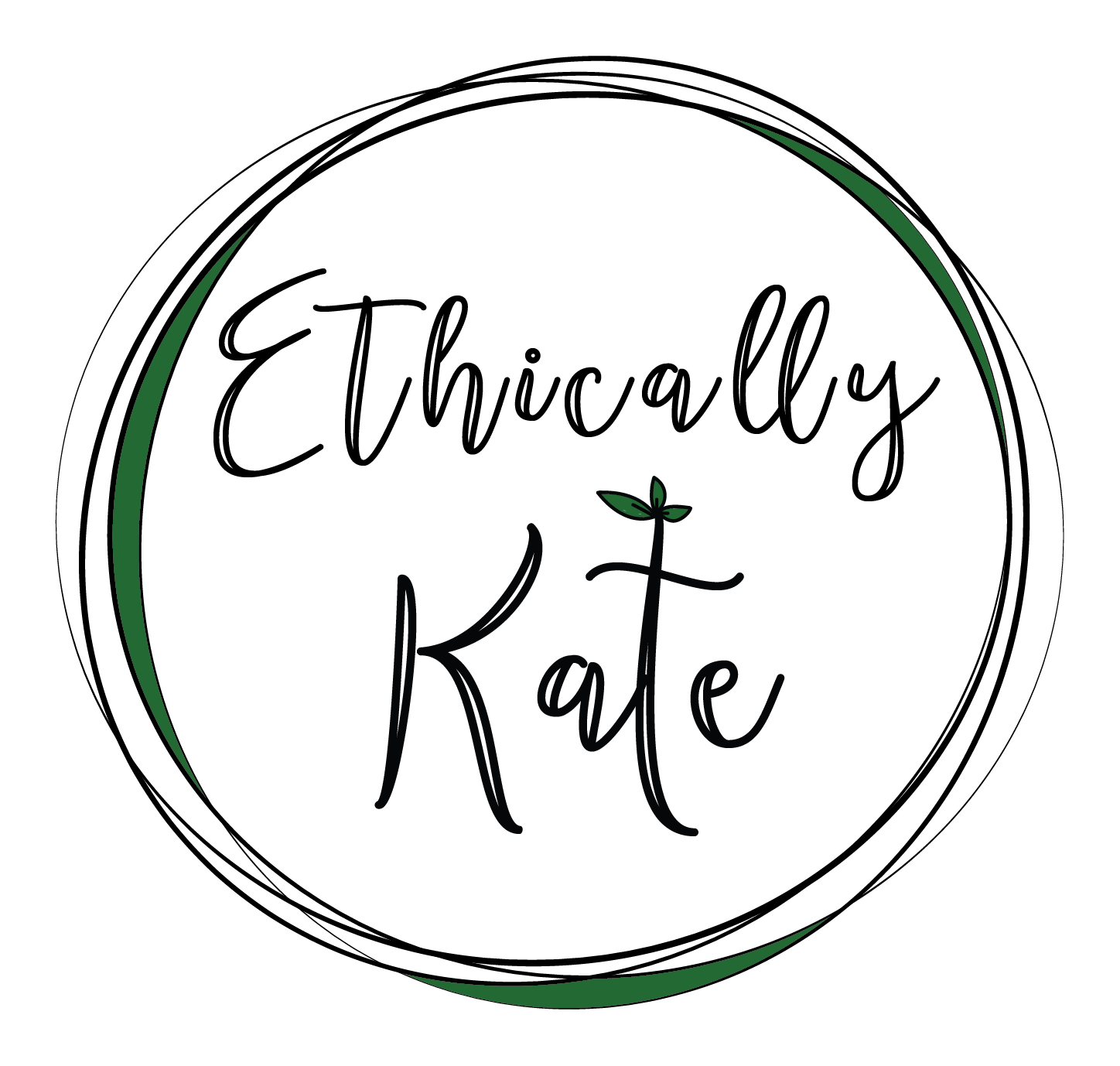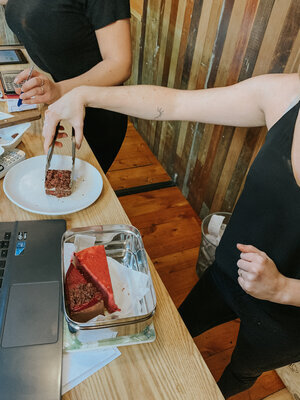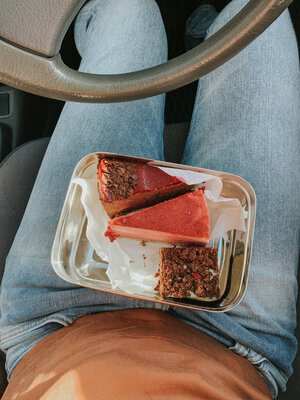Foodprint: The App That Reduces Food Waste & Saves You Money
Have you ever visited a cafe at the very end of their day, seen a full cabinet of food, and wondered what’s going to happen to it when the doors close? Personally, as a food waste hater and absolute nerd, I do the math. I count the staff milling around and calculate the number of items per staff member. Often it’s up to 20 pieces of food (on the shelf for $3-15 per item) per person, and I KNOW it won’t all be eaten - no matter how large their flats or families are!
According to the Food and Agriculture Organisation of the UN, one third of the food produced for human consumption is wasted. The hospitality industry is a massive contributor to this global food waste statistic. Imagine if there was an app that linked hungry people with discounted food, so cafes could still make money for their products, and reduce their food waste too??
Oh wait! It exists!
Foodprint is a New Zealand based app that helps you reduce food waste and enjoy delicious meals at a fraction of the price.
By food waste, I mean food that is 100% fit for human consumption - not the scraps that should go to the compost bin.
Foodprint has flipped the idea of ‘sustainability is expensive’ on its head. They have addressed accessibility, waste, and economic barriers, plus their app has been meticulously created.
The Dashboard of my Foodprint App
App features:
Calculates:
Items of food saved
Money saved
Carbon saved (Foodprint have redirected 26,000kg of CO2-e!)
(I love this part. It makes me feel like I’m actually making a difference.)
Ease of use:
Locations: save several addresses to find spots near your home/work instantly.
Dietary preferences: Mine are set to gluten free and vegetarian - I’m coeliac and don’t like to eat meat that I haven’t sourced myself.
BYOC: tap the “I’ll bring my own container” button to reduce packaging. Some things are already packaged when made, however, most eateries on the app do not use plastic packaging, and at least you can dispose of any packaging as responsibly as possible. Up to a quarter of orders each day use this BYOC feature - and it was only launched on the 1st of July! Foodprint are currently the only food app in the world to actively encourage BYOC.
Credit cards: save different cards and choose which one to charge when placing an order.
Cart: add a few things to your cart, then hit order.
Orders: review past orders and resend receipts - particularly helpful for work purposes.
Map: find spots right by you - the app also finds your current location if you allow it to.
Favourites: receive notifications when your favourite eateries have food available!
Notifications: set notifications based on your favourites or your location - so you won’t miss out when food pops up around you.
As you can see in the image below, there is no shortage of eateries who use the app! My preferences are set to gluten free and vegetarian - hence the fewer options that pop up.
My map function with preferences set to gluten free and vegetarian.
Recently, I put the app to the test. I purchased three large raw, vegan, gluten free slices/cheesecakes and a cucumber juice from Little Bird Kitchen in Ponsonby. I saved myself $16.40 and saved the planet 1.383kg of carbon being produced.
Let me tell you about my cheesecake experience…
I was in Ponsonby with little time to spare. I hit my location, and several places lit up. Unfortunately for me, Foodprint is so popular in Ponsonby that I watched food items appear on the list, then sell out almost instantly. But alas, Little Bird Kitchen flew up on my list when I hit refresh, and I quickly hit ‘order’ to grab the goods.
The glass bottle from the juice can be returned to Little Bird Kitchen to be reused (and I’ll get $1 back!), and the team were more than happy to pop the cakes into my own stainless steel container. I received an email receipt instantly after my purchase, and felt like I had stolen from them when I realised the total was so low!
Now I have experienced the full Foodprint experience, it’s no surprise to hear Foodprint achieved the number two spot in the Apple App Store ‘Food and Beverage’ section and won Sustainable Business Network’s Good Food Boost award in 2019. When they launched in 2019, they smashed their download goal within 24 hours, and eateries were lining up to be part of this brilliant network. They still are!
In Aotearoa New Zealand alone, cafes, restaurants and supermarkets produce 50, 000 tonnes of food waste annually. Paired with the fact that 1 in 6 New Zealanders experience food insecurity at some point in their lifetime, Foodprint makes a whole lot of sense.
“I believe that everyone needs to play their part, and if I can make it easier for us all to reduce our impact that’s a win.” Michal, founder of Foodprint, has always been a lover of good food and an advocate for the environment. Working in the hospitality industry was her catalyst for stepping out and designing a way to solve a problem that addresses both her passions.
Aotearoa New Zealand is ready for Foodprint to expand throughout the rest of the nation, and I’ll personally be thrilled when I can travel the country and score discounted food everywhere I go! COVID has prolonged this goal, but its still in the works! Hopefully this expansion will reduce the massive 61% of cafe food waste that is completely edible. Crazy huh?
While Foodprint continue to educate around the global issue of food waste, and I continue to jump on discounted cheesecakes around Auckland…
You can download the Foodprint app here!
Use code ETHICALLYKATE for $5 off your Foodprint order (1 use per person).
As a rule, I only work with brands I love, use, and can whole heartedly back. This is a sponsored blog (I can't pay my electricity bill with free products), but 100% my own words, photos, and opinion.









